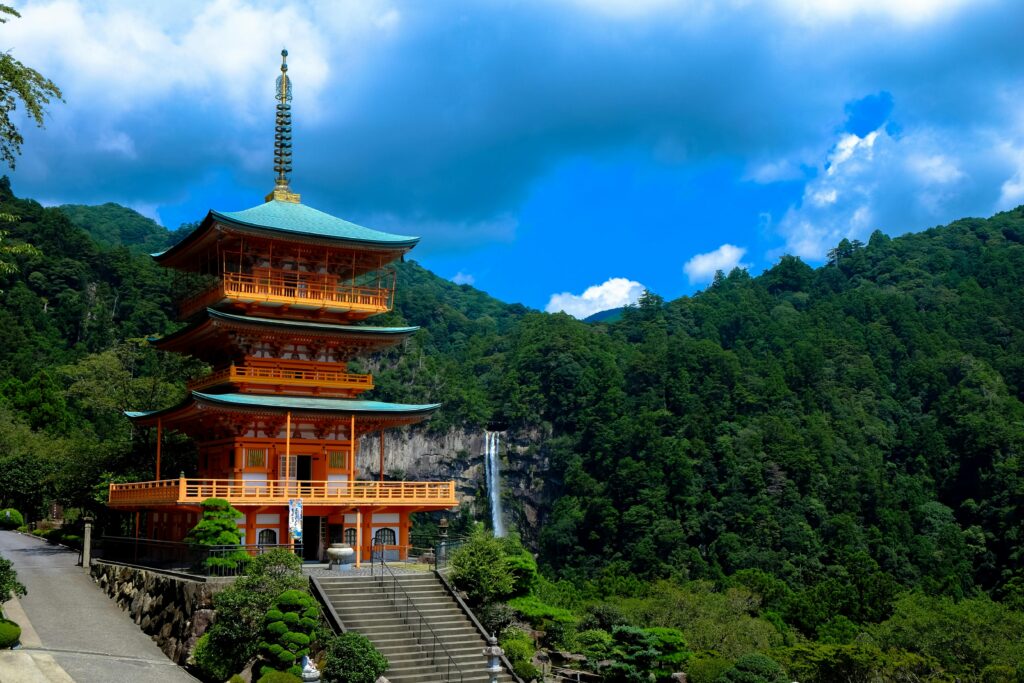|
Getting your Trinity Audio player ready...
|

Ongi Monastery, located in the heart of Mongolia, is a fascinating destination for travelers interested in history, culture, and spirituality. This once grand-monastery complex, known as one of the largest in Mongolia, lies in the central part of the country along the Ongi River.
Ongi Monastery is on the bank of the Ongi River. It was built on the slopes in front of Sant Mountain, where the soil is semiarid and made up of sandstone and scree.
This articles unravels some insights about the famous Ongi monastery, and to prepare you for your visit to this historical sanctuary.
Contents at a Glance
1. A Journey through History
Ongi Monastery, known locally as Ongiin Khiid, was once one of the largest Buddhist monasteries in Mongolia. Established in the 17th century, it consisted of two complexes on the north and south banks of the Ongi River.
At its peak, the monastery housed over a thousand monks and featured more than 30 temples. However, during the communist purges of the 1930s, Ongi Monastery suffered significant destruction. Many temples were demolished, and monks were arrested or killed.
Today, the ruins of Ongi Monastery stand as a testament to this turbulent history. Visitors can explore the remnants of the temples, stupas, and other structures that once made up this grand religious complex. The ruins provide a hauntingly beautiful backdrop, offering a sense of the monastery’s former grandeur.
2. Cultural and Spiritual Insights
Ongi Monastery is not only a historical site but also a place of cultural and spiritual significance. Despite the destruction it faced, the monastery remains a symbol of resilience and faith. In recent years, efforts have been made to restore parts of the complex and revive its religious activities.
You can learn about the history of Buddhism in Mongolia and the role that Ongi Monastery played in it. Local guides are often available to provide insights into the monastery’s past, the daily lives of the monks, and the rituals that were once performed there. This cultural immersion offers a deeper understanding of Mongolia’s spiritual heritage.
3. Practical Tips for Visiting Ongi Monastery
When planning your visit to Ongi Monastery, it’s important to be prepared. The site is located in a remote area, so make sure to bring plenty of water, snacks, and sunscreen. Wear comfortable walking shoes, as you will be exploring uneven terrain.
The best time to visit is during the spring and autumn months when the weather is mild. Summers can be extremely hot, and winters are very cold. It’s also advisable to check with local tour operators for the most convenient routes and any travel advisories.
You may also like: 8 Iconic Buildings To See in Mongolia
Frequently Asked Questions
1. How do I get to Ongi Monastery?
You can reach Ongi Monastery by car or join a guided tour from Ulaanbaatar or nearby towns. It is located in Dundgovi Province.
2. Are there any accommodations near Ongi Monastery?
Yes, there are ger camps and guesthouses nearby. These offer basic amenities and a chance to stay in a traditional Mongolian yurt.
3. Is there an entrance fee for visiting Ongi Monastery?
Yes, there is a small entrance fee. It’s best to carry cash, as credit cards may not be accepted.
Conclusion – What to Expect When Visiting Ongi Monastery
Visiting Ongi Monastery is a journey into Mongolia’s spiritual and cultural past. The ruins, set against a backdrop of stunning natural beauty, tell a story of resilience and faith. History enthusiasts, spiritual seekers, and those looking for a unique travel experience will find something special at Ongi Monastery.
Exploring the ruins and interacting with the monks provides a deeper understanding of Mongolia’s rich Buddhist heritage. Prepare for a memorable visit that combines history, culture, and amazing landscapes.









I like what you guys are up too. Such smart work and reporting! Carry on the excellent works guys I¦ve incorporated you guys to my blogroll. I think it will improve the value of my website 🙂